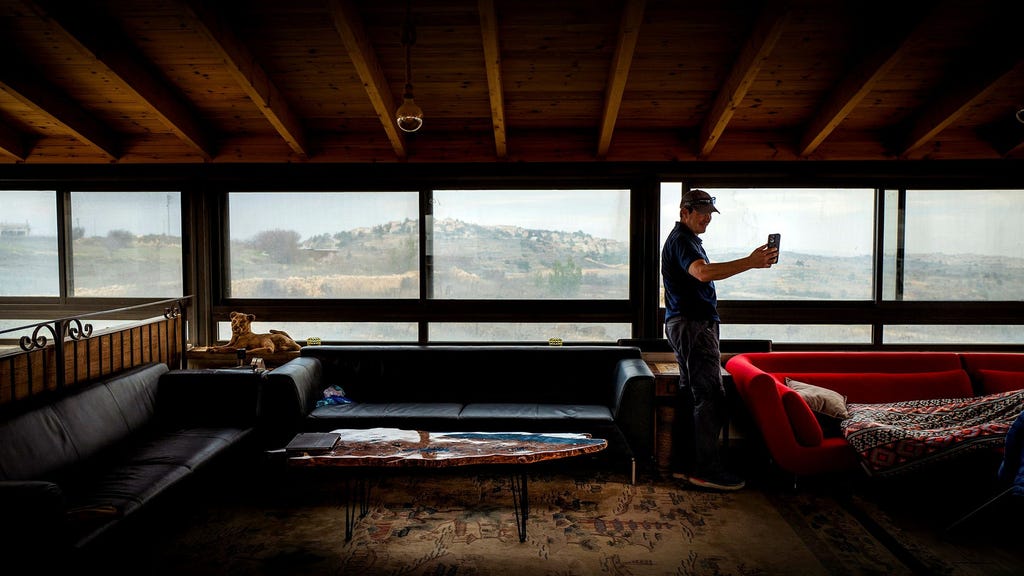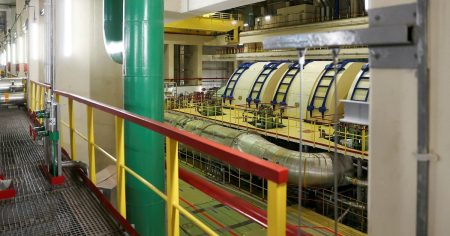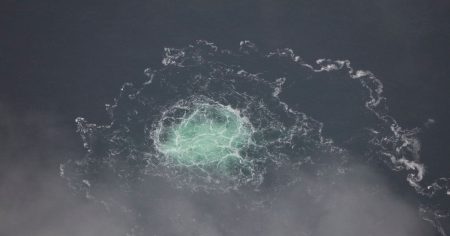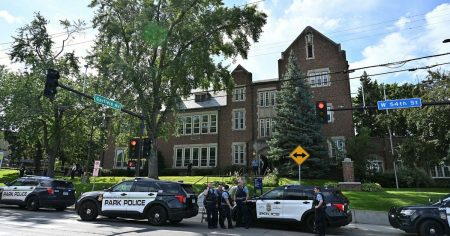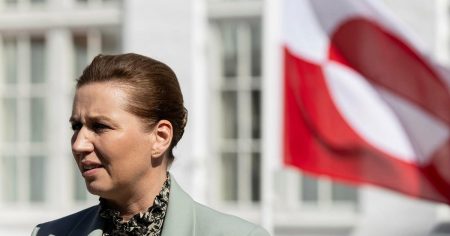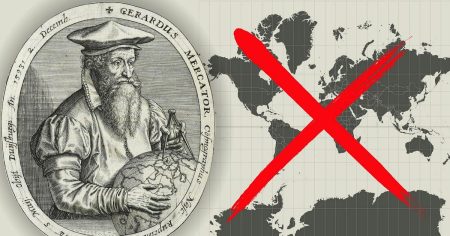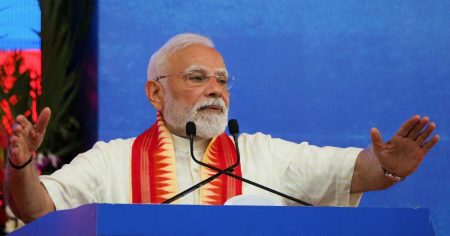The rolling hills of the West Bank, a land steeped in ancient history and modern conflict, are currently the stage for ”Operation Iron Wall,” a newly launched Israeli military campaign ostensibly aimed at combating terrorism. However, lurking beneath the surface of this declared objective lies a more insidious agenda, one championed by Finance Minister Bezalel Smotrich, a key figure in Israel’s far-right government. Smotrich envisions a future for Palestinian villages mirroring the devastation witnessed in Gaza – a grim tableau of bombed-out buildings and shattered lives. This unsettling vision is being realized, piece by piece, through a series of targeted actions that are transforming the landscape and tightening the noose on Palestinian communities. Route 60, a major arterial road traversing the West Bank, has become a stark symbol of the escalating tensions. New checkpoints sprout along its course, choking the flow of movement and constricting Palestinian life. Amidst this backdrop of escalating conflict, settler Aviad Amitai represents a steadfast embodiment of the Israeli presence, firmly rooted and resolute in his refusal to leave.
The increasing militarization of the West Bank under the guise of counter-terrorism has amplified anxieties among the Palestinian population. ”Operation Iron Wall,” while presented as a necessary measure to quell violence, is viewed by many Palestinians as a thinly veiled attempt to further dispossess them of their land and livelihoods. The new checkpoints established along Route 60 are not merely inconveniences; they are tangible manifestations of control, restricting access to essential services, disrupting commerce, and severing social connections. These measures, coupled with the looming threat of demolitions and escalating settler violence, contribute to a palpable sense of uncertainty and fear. The unspoken fear circulating among Palestinian communities is that Smotrich’s vision, however radical it may seem, is steadily gaining traction within the corridors of power. The parallels with Gaza, a region scarred by repeated military operations and enduring hardship, are chillingly apparent.
Aviad Amitai, a settler residing along Route 60, stands as a stark embodiment of the ideological divide that cleaves the West Bank. His unwavering commitment to remaining in his home reflects a deep-seated belief in the historical and religious claims to the land, a conviction shared by many within the settler movement. For Amitai and those who share his perspective, the West Bank is not occupied territory, but rather an integral part of Israel, a homeland to be defended and developed. This unwavering conviction, however sincerely held, fuels the ongoing conflict and complicates the pursuit of a peaceful resolution. Amitai’s presence, and that of other settlers like him, represents a physical and ideological obstacle to the creation of a viable Palestinian state.
The escalating tensions along Route 60, punctuated by the construction of new checkpoints and the looming threat of further settlement expansion, exacerbate an already volatile situation. The spectre of violence hangs heavy in the air, fueled by a potent mix of resentment, fear, and distrust. Palestinian frustration with the occupation, coupled with the perception of impunity enjoyed by settlers, creates a tinderbox environment. Incidents of stone-throwing and clashes with Israeli security forces are becoming increasingly common, further entrenching the cycle of violence and making a peaceful resolution more elusive. The international community watches with growing concern, urging restraint and dialogue, but their pleas often fall on deaf ears amidst the escalating rhetoric and entrenched positions.
The seemingly irreconcilable visions for the future of the West Bank, exemplified by Smotrich’s destructive agenda and Amitai’s steadfast determination to remain, represent the core of the enduring conflict. The Palestinian aspiration for self-determination and an independent state clashes directly with the Israeli government’s ongoing settlement expansion and the deep-seated belief in the indivisibility of the land. This fundamental clash of narratives, fueled by historical grievances and competing claims, continues to thwart all attempts at finding a lasting peace. The path forward remains shrouded in uncertainty, with the specter of increased violence and further displacement looming large.
The international community, while expressing concern over the escalating situation, struggles to exert meaningful influence. Condemnations of settlement expansion and calls for restraint are met with defiance from the Israeli government, emboldened by its strong right-wing base. The absence of a unified international response further complicates matters, allowing the Israeli government to pursue its policies with relative impunity. The Palestinians, meanwhile, feel increasingly isolated and abandoned, their hopes for a viable state diminishing with each passing day. The situation on the West Bank remains a complex and deeply entrenched conflict, a Gordian knot with no easy solutions in sight. The future of this contested land hangs precariously in the balance, with the hopes for peace dimming under the shadow of ”Operation Iron Wall” and the ominous pronouncements of those who envision a future mirroring the devastated landscape of Gaza.





